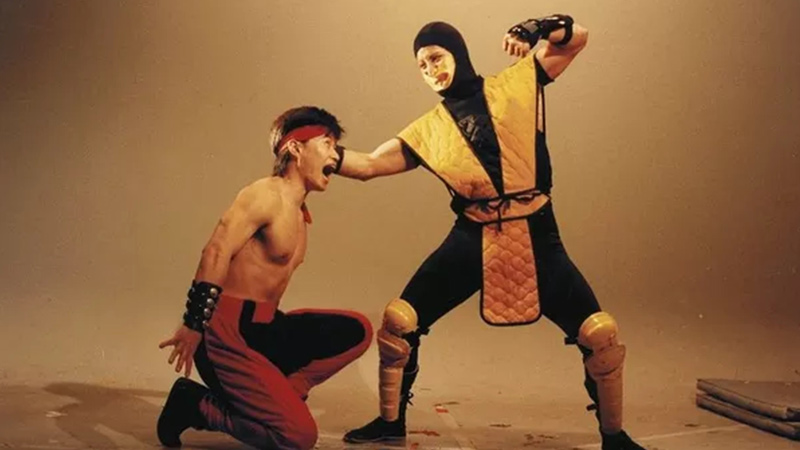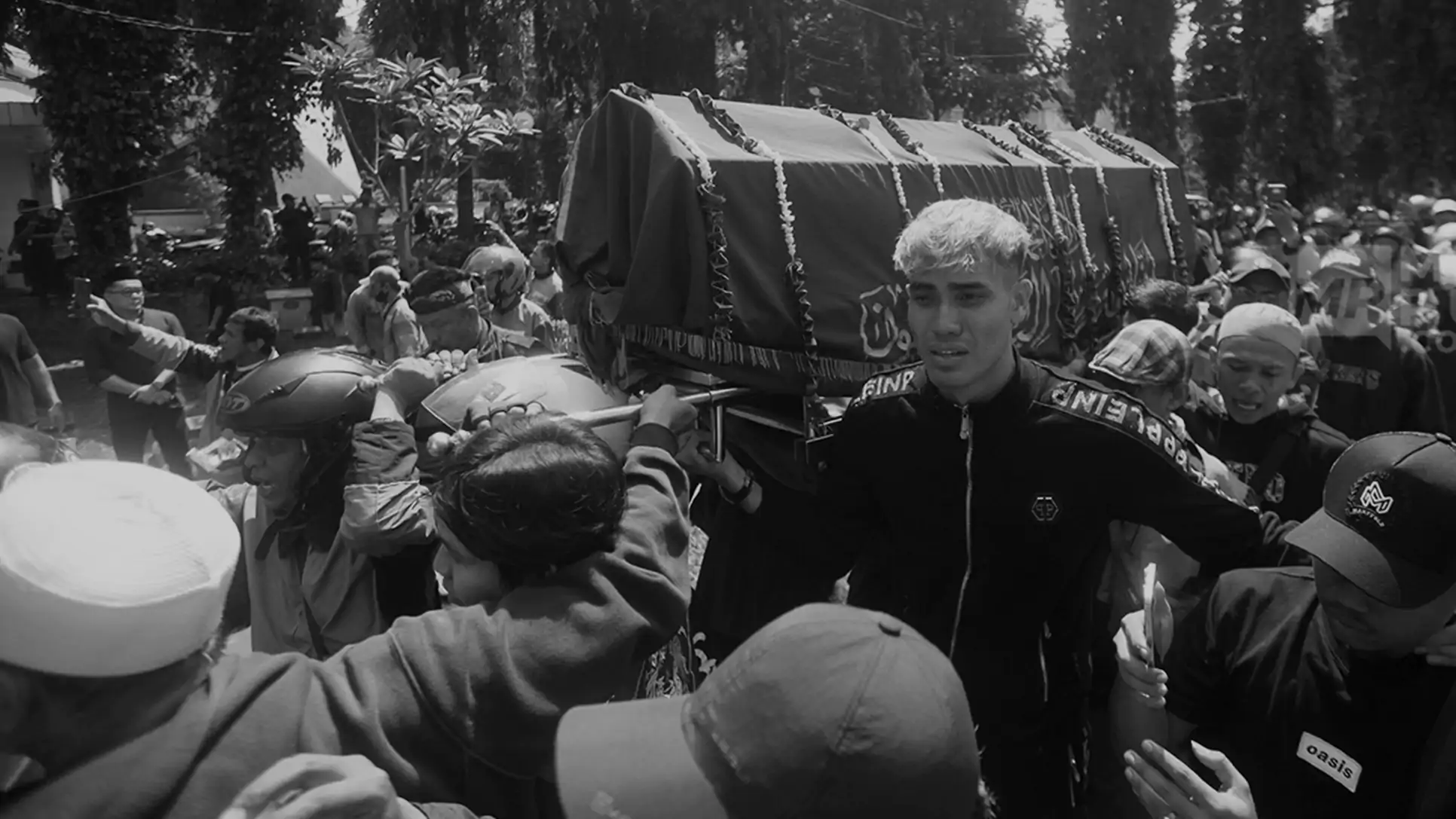When the original Mortal Kombat fighting game first erupted onto arcade floors in 1992, the spectacle was more than the pools of pixelated red. It shocked gamers as it depicted actual human fighters.
Before the modern era of special effects, where motion capture plays an important role in digitizing movements, Mortal Kombat had martial artists manually digitized onto screens. At the time, during the height of Street Fighter II, Midway gambled on realism: having real martial artists choreographed their movements in front of the cameras, to then have their movements digitized into in-game sprites.
This approach was new. It gave a new experience in gaming. And thanks to its violence nature, Mortal Kombat rose to become one of the most iconic fighting games of all time.
And now, more than thirty years later, one of those actors, Daniel Pesina, has fanned the embers of fan lore by revealing a never-used Liu Kang Fatality from the original game.
"Not every move made it into the game… here’s one of the Fatalities that was never used," Pesina posted on Facebook.
In Mortal Kombat, a Fatality is the ultimate finishing move. Unique to different characters in the game, it's a brutal, over-the-top sequence performed at the end of a fight to annihilate a defeated opponent in the most spectacular way possible.
These moves are the series’ signature, part reward, part shock factor, giving players a theatrical sense of triumph.
From ripping the enemy's spine to summoning a dragon, the iconic “Toasty!” fire breath, kiss of death, the heart rip and more, Fatalities in Mortal Kombat 1 were the stepping stones that made the hallmark of the franchise, setting Mortal Kombat apart from every other fighting game of its time and fueling its notoriety in pop culture for decades.
To perform a Fatality, players must first bring their opponent’s health down until the "Finish Them" prompt appears. Then stand at a particular distance (close, mid, far) depending on the specific Fatality, and enter the correct sequence of buttons or directional inputs.
And here, the clip shows Liu Kang executing a brutal butterfly kick-style finisher move as his Fatality, a move that never saw public release.
Fans immediately began brainstorming names: Tornado Kick, Hammerheel, Shaolin Headshot, among others. While none of these are canon, but they still fit to the spirit of Mortal Kombat’s bloody theatrics.
This revelation isn’t without precedent.
In 2021, Mortal Kombat co-creator Ed Boon pulled back the curtain on how the game’s most iconic moments came to life.
He shared behind-the-scenes footage from the original video capture sessions, including early takes of Scorpion’s legendary spear attack, filmed in a cramped studio with makeshift props. According to Boon, many of the series’ most memorable moves weren’t pre-planned at all, but improvised right there on set.
The footage also highlighted just how limited the team was by early ’90s hardware.
Continuing our celebration of Mortal Kombat's 30th anniversary, here's another video showing more behind-the-scenes moments. This time you can see how we decided to give Scorpion & Sub-zero different fight stances so they would look & feel like two separate characters. pic.twitter.com/t8fJmYexcu
— Ed Boon (@noobde) March 10, 2022
Boon explained that the arcade machines of the time had such tight memory limits that every animation frame had to count.
To save resources, the team often recycled existing frames. For example, when a fighter was hit by Scorpion’s spear, they reused a generic knockdown animation instead of creating a custom reaction. It was a clever hack born from necessity, but it also became part of the game’s distinctive rhythm and charm.
Daniel Pesina, who portrayed several of the game’s fighters, later revealed that during early development, the plan was for each character to have three Fatalities, not just two.
But again, those same hardware constraints meant some ideas, no matter how great they were, had to be left behind, if not scraped.
The nature of early arcade hardware meant that many ideas that the developers of games had, could never pass into the game.
This is why the resurfacing of this lost Liu Kang move is more than fan service. It’s a window into the scrappy, improvisational craft of early game design.
A time when creators wrestled with limited memory, tight budgets, and evolving tech, yet still managed to embed personality, style, and spectacle in every frame.
Even though that particular Fatality will likely never be playable, its existence whispers of an untold depth beneath the game’s coded skin. It's a subtle reminder that Mortal Kombat was born out of a tight budget, but also with grit and imagination.

Daniel Pesina, an American motion capture video game martial artist, is a former freelance employee of Midway.
A lifelong friend of game designer and Mortal Kombat co-founder John Tobias, Pesina was hired to be the model for Johnny Cage and ninja characters Scorpion, Sub-Zero and Reptile. At the same time, Pesina also served as a martial arts coordinator for the game.
In the sequel Mortal Kombat II he reprised his roles from the previous game, while also playing the roles of Smoke, and Noob Saibot.
It's worth noting that after his role in Mortal Kombat II, Pesina left Midway, and sued the company for for unpaid royalties from using his likeness in the console versions of the first two MK games. Pesina lost the case, and because of that, in Mortal Kombat 3, Pesina's characters were played by different actors.
As for Liu Kang in the original Mortal Kombat, he was portrayed by Ho Sung Pak, a South Korean-born American martial artist, actor, stuntman, and filmmaker.
